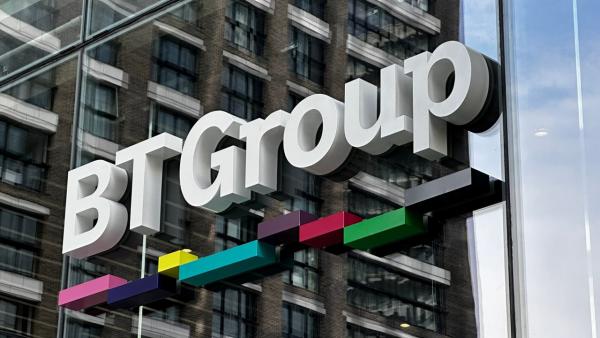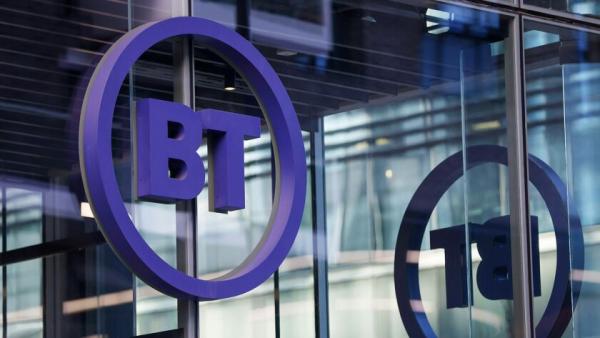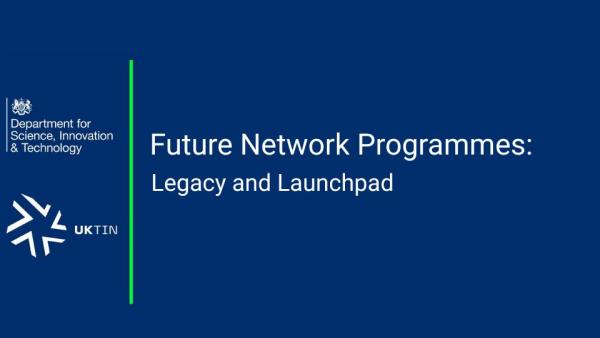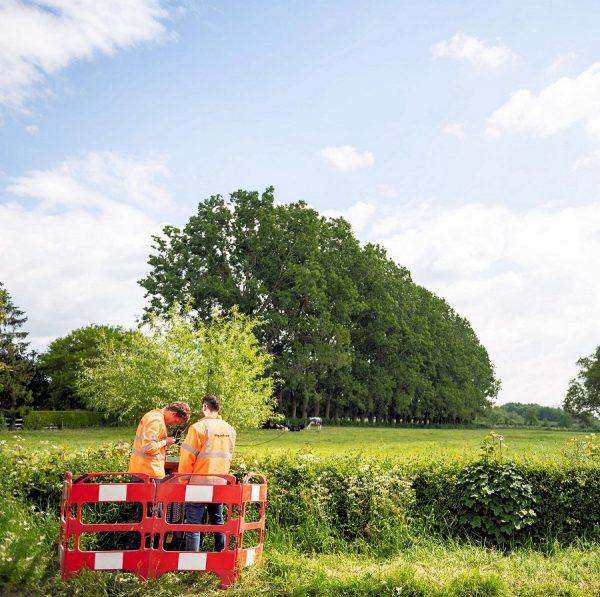On the 27th of March, UKTIN hosted an event on behalf of DSIT to provide an opportunity for potential consortium partners to learn more about the recently announced Open Networks Ecosystem competition, and to bring together interested parties to aid collaboration opportunities.

DSIT colleagues explained the key parameters of the competition in some detail. And then pitches were made by the following companies who are keen to find partners to form consortiums with:
NEC
Fujitsu
VIAVI Solutions
Angoka
Nephelie Technologies
SI Wireless
University of York
Accelleran
Telet Research
3ADesign
Dense Air
Telecom Infra Project
Company pitch sessions will be made available to watch online. If you are interested in sending your pitch, please email [email protected] for further details.
The UK Government’s 5G Supply Chain Diversification Strategy sets out the long-term vision for the telecoms access supply market. The competition and innovations will bring forward new deployment models based on open interfaces and interoperable standards, with flexible networks comprising an array of suppliers.
DSIT is developing this next phase of the £250m Open Networks R&D Fund to reinforce the UK as a global centre of excellence in open telecoms networks. The new Open Networks Ecosystem competition will include the following areas:
- Demonstration of product/solution performance in high-density demand (HDD) or live environments
- Development of high-performance hardware and subcomponents
- Open RAN Intelligent Controller (RIC), including x/rApp development.
DSIT wants to encourage industry and academia to develop consortia projects that can take advantage of potential government funding. This pitching event set out the context and opportunities for funding with presentations by DSIT officials.
UKTIN’s Robert Driver and Roger Hinkson reflect on the event below.
- Please describe your observations.
Driver: There is something very familiar about this whole process, having been involved in the Government’s 5G Testbeds & Trials (5GTT) Programme previously, which first started in 2018. That is quite a long time ago now and there has been a whole bunch of competitions since on the 5GTT side and now the Open Networks Research and Development Fund, from urban to rural to more recently, FRANC, the Republic of Korea collaboration and the Future Open Networks competition. It’s a well-trodden path and as a result, we can see an ecosystem that is willing to work together and understands the rules of the road. I think people are beginning to truly understand the significance of competitions such as this. I led a presentation at the event called, “10 top tips to make a consortium” and realised that many people in the room already had this knowledge. That can only be a good thing, although of course we’re also seeking out new entrants so it’s important to ensure we’re supporting companies who may not be as familiar with the process.
Hinkson: The event was certainly well attended in-person and virtually... I thought the presentations were filled with a lot of really useful information. There was a great atmosphere and a high level of expectation in the room, with lots of networking going on over lunch. Some brilliant questions were raised in the Q&A session too. There seemed to be a broad range of participants from across the telecoms ecosystem, which is always encouraging to see. You could sense the underlying theme here: collaboration. It’s going to take high levels of collaboration to deliver on this.
- What should people know about the competition?
Driver: It’s an £80 million competition. That’s huge. But the level of urgency required here must not be underestimated. Acceleration is critical. There is £80 million worth of project funding up for grabs but £3 million is the maximum that one company can claim, increasing to £10 million for a consortium. It will be a challenge to deliver highly technical engineering projects in the short time available (all projects have to complete by end of March 2025). The bids also need to be submitted fairly soon (11:59 pm 23 May 2023) before DIST analyses the bids. It’s a very exciting time but if you want to get involved, you need to get your act together pretty quickly!
Hinkson: I’d definitely like to echo that the runway is short. Everything is moving very quickly. But I’d also like to emphasise that this is a great opportunity for the entire ecosystem. This is a chance for the best companies to come together and focus on developing new technologies and bringing them to market at scale. While there will be known challenges facing some of the new technologies and deployment models, this is about taking the logical next steps, and moving forward.
In addition to the focus on the RIC, HDD and hardware solutions, open interfaces and interoperability are a priority throughout. Also, it should be said that even though there are competition guidelines, there seems to be an openness to proposals from the industry, around areas that DSIT may not have immediately considered. There definitely seems to be some flexibility within the framework of the competition to allow for innovative proposals.
- Why is the competition significant?
Driver: Government policy is focused on the diversity of supply chains. The competition is fitting into those overall objectives. But one thing that struck me at the event is the variety of organisations involved. Some very large companies are interested but also up-and-coming ones too. NEC is a big hitter, for example, and then you have Dense Air, which is growing rapidly. That’s significant, I think. Bringing companies together that wouldn’t otherwise have collaborated is a huge benefit, not only to those companies, but also to the health of the UK ecosystem.
Hinkson: It’s significant because companies have a chance to focus on development and deployment of key technologies that the government has identified. Smaller companies are also being given the opportunity to develop open technologies and gain valuable support in the process. The overall aim is to move away from limited choice in the hope that greater vendor choice will bring increased competition and diversity in the supply chain.
- How will UKTIN support companies looking to form consortiums?
Driver: UKTIN has many roles but one of our priorities is to introduce people within the ecosystem to one another. This should, hopefully, support companies looking to form consortiums.
Hinkson: Through UKTIN’s Supplier Specialist Guidance service, we will be working with companies who are seeking assistance with matchmaking, helping them to identify and find potential consortium partners. I’ve already received a bunch of email requests enquiring about this since the event. People seem to be really getting on with it, which is great considering the timescales involved.
To find out more about how we can support your specific organisation, drop us a line at [email protected]
And if you’re looking for support in writing your bid submission, DSIT is running two virtual sessions designed to help organisations with topics key to the application process.
These events will be held, on the following dates:
- Subsidy Control (formerly State Aid) Teach-in - 17th of April 2023 - 11:30 - 12:45. Register here.
- Commercial & Finance Teach-in - 19th of April 2023 - 13:00 - 14:00. Register here.
The competition is now open to bid submissions and closes 11:59pm 23 May 2023. To read more about the funding call head to the competition guidance page.









